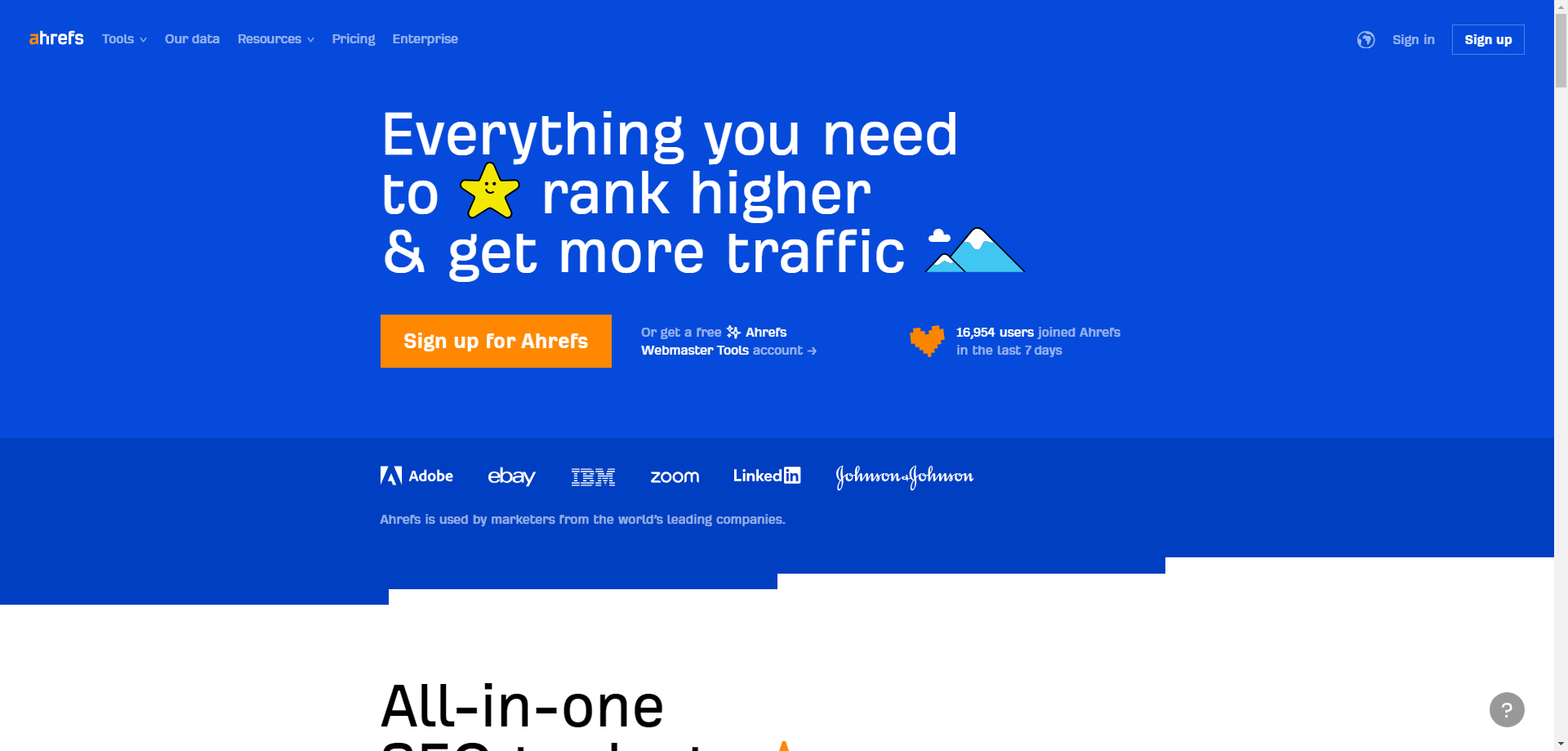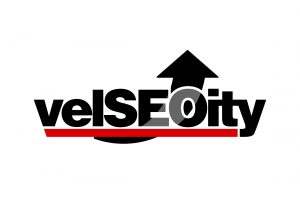Getting good search engine rankings is key for driving traffic to your website. One important ranking factor is your domain rating or DR score. This measures how trusted your site is by search engines like Google.
In this article, we’ll explain what the AHrefs DR score means and why it matters. You’ll learn 6 proven ways to boost your website’s domain authority and improve search rankings. Whether you’re new to SEO or want to strengthen your strategy, read on to better understand domain rating.
By the end, you’ll have actionable tips to increase your DR score. This will help your site perform better in search and attract more visitors through organic search. Now let’s dive into understanding domain rating and how to leverage it for better SEO.

What is Domain Rating
Domain Rating, or DR, is a score that shows how trusted your website is. Moz calculates this number to measure your site’s authority. DR scores go from 0 to 100.
Higher DR means search engines like your site more. It suggests your content is high quality and useful. So sites with better DR often get better search rankings.
DR judges your whole domain’s strength. It looks at different parts of your website, like:
- Backlinks -How many other quality sites link back to you. More backlinks from reliable sites raise your DR.
- Trust and reputation – How believable your content is. Things like being around longer and having social media followers improve trust.
- Traffic – How many visitors come to your site, especially from search. More organic search traffic can boost DR.
- Technical stuff – Site speed, structure, and other tech factors. Well-built, fast-loading sites have better DR.
- Citations – How often your site gets mentioned around the web. Being referenced more gives you authority.
- On-page optimization – Title tags, headings, and page content. Better optimized pages send good signals.
Moz combines all these things to give your domain a DR score. Higher DR means your website will likely rank better in search results. So improving it is key for SEO.
Why Does DR Matter for SEO
Domain Rating is important because it shows search engines how authoritative and trustworthy your site is. Google wants to show users the best, most reliable websites for their searches. DR helps them understand which sites are high-quality sources on a topic.
If your website has low DR, it indicates your domain lacks expertise in search engines’ eyes. This can hurt your ability to rank well for competitive keywords. Low DR signals that your content may not be as useful or accurate.
On the other hand, higher DR tells Google that your domain is an authoritative source that provides value. Sites with higher domain authority tend to perform better in search results. This means they get:
- Better rankings for keywords they target
- More organic traffic from high-visibility placements
- Increased click-through rates since their listings look reputable
Improving your DR makes search engines more confident about showing your content to searchers. This is critical for moving up in competitive search results and driving more visitors to your website through SEO.
Domain Rating reflects your efforts to follow best practices like optimizing pages and earning backlinks. DR shows you’re investing in your site’s quality and authority over the long term.
So monitoring and trying to increase your website’s DR should be an ongoing priority. Paying attention to this metric gives you insight into how your overall SEO strategy is working.
6 Ways to Increase Your Website’s DR Score
Here are 6 proven strategies to improve your domain’s authority and performance in search:
-
Build High-Quality Backlinks
The best links for improving DR come from authoritative sites related to your niche. For example, if you run a content marketing blog, backlinks from major publications like Entrepreneur, Social Media Examiner, and Copyblogger will boost your domain authority.
Focus on earning contextual backlinks that are naturally embedded within others’ content. For instance, you could get mentioned in roundup posts of top blogs in your industry. Other sites may link to your helpful resources while discussing relevant topics.
Avoid low-quality links from unrelated or sketchy sites, as these can hurt your Domain Rating. Prioritize building a diverse and balanced backlink profile from reputable, high-authority domains.
Here are some proven tactics:
- Create share-worthy resources that sites will want to reference
- Reach out to collaborate with authoritative sites
- Participate as a source of others’ content
- Build relationships and pitch relevant guest posting opportunities
- Promote your best content to relevant sites
Getting more high-quality backlinks takes effort but is one of the most effective ways to directly improve your website’s Domain Rating. Focus on building connections to have your content naturally cited by others.
Produce Excellent Content
Creating high-quality, useful content is another great way to boost your Domain Rating.
Focus on publishing in-depth, well-researched articles and resources. Offer actionable insights and data that your audience will find valuable. The more helpful your content is, the more likely others will link to and share it.
Demonstrate your expertise by citing credible third party sources and references where applicable. Referencing statistics, quotes, and examples builds trust.
Longer, pillar content over 1,000 words tends to perform better for SEO. Develop comprehensive guides and reports – don’t just blog. Distribute your content across different formats like video, podcasts, and books.
If you build a library of amazing content that gets results, that strengthens your site’s authority. Other influential sites will take notice and link back more often, raising your Domain Rating.
-
Improve Site Structure
Optimizing your website’s architecture and technical structure is key to a higher Domain Rating. A well-designed site sends signals of quality and authority.
Some important elements of a search engine-friendly structure include:
- Clean URLS – Use short, logical page paths without excessive parameters or characters.
- Intuitive navigation – Make it easy for visitors to find what they need with sitemaps and well-organized categories.
- Optimized page speed – Faster load times show your site is well-coded and managed.
- Mobile responsiveness – Ensure your site adapts seamlessly to mobile devices.
- Proper XML sitemaps – Create sitemaps that help bots efficiently crawl your site.
- Accessibility – Eliminate any roadblocks like broken links or code errors that bots encounter.
- Metadata – Include title tags, meta descriptions, alt text, and other metadata to optimize pages.
In addition, here are some steps to improve your site’s technical structure:
- Audit site speed and implement performance optimizations like caching and image compression.
- Fix 404 errors and broken links that frustrate visitors. Redirect outdated pages properly.
- Make sure your site adheres to best practices for headings, navigation, page structure, etc.
- Confirm your site loads properly on all devices, especially mobile. Leverage responsive design.
- Review robots.txt and sitemaps to ensure crawlability. Allow bots access to optimize pages.
You demonstrate it is professionally built and managed by making your website easy for both users and bots to navigate. A search-engine friendly structure signals your domain is optimized for performance.
-
Increase Domain Age
Generally, websites that have been around longer tend to have higher Domain Ratings.
Older domains have had more time to build credibility and establish authority. Long-standing sites that consistently produce quality content are rewarded with higher DR scores.
Unfortunately, you can’t speed up time. But you can invest in your domain for the long haul. Be patient and focus on steadily improving your site’s value over the years.
Acquiring an aged domain can help if you’re starting a new site. Look for an expired domain that already has some DR built up that you can repurpose.
Just be wary of sketchy tactics like cybersquatting and make sure any aged domain you buy wasn’t previously penalized. Focus on quality over shortcuts when it comes to domain age.
-
Monitor Your Link Profile
It’s important to monitor the quality of links pointing to your website using tools like Moz’s Link Explorer.
Watch for sketchy, artificial links from low-quality sites. These can dilute your domain authority. Disavow any toxic backlinks that violate Google’s quality guidelines.
Avoid buying links or participating in reciprocal linking schemes. Don’t aggressively cross-link internal pages or sites you own.
Essentially, be aware of any tactics that seem manipulative or “black hat.” Focus solely on building an organic, natural link profile from trusted sources.
Auditing and managing your backlink profile protects your Domain Rating from spammy links. Stick to white hat tactics and SEO compliance and your DR will steadily benefit.
-
Acquire Trust Indicators
In addition to link-based factors, your website can earn trust in the eyes of search engines by implementing various trust signals. These show search bots that your site is reliable, secure, and established.
Some important ways to acquire trust indicators include:
- Enabling SSL encryption to switch your site to HTTPS. This shows visitors your connection is private.
- Completing webmaster verification with Google, Bing, etc. to confirm your site. Verification earns trust.
- Building out your business listings and profiles on key directories like Google My Business. Strong profiles add credibility.
- Encouraging user-generated content like customer reviews and testimonials. Real people vouching for your brand builds authority.
- Obtaining citations and mentions from reputable news and media sources. Being referenced more adds validation.
- Cultivating social media followings on your brand profiles and company pages. Engagement shows people find you credible.
- Implementing branding elements like logos, content, and messaging consistently across platforms. A defined brand is more professional.
Essentially, you want to encourage engagement, foster a community, and reduce visitor doubts about your legitimacy. The more your website feels established as a professional brand, the more search engines will trust you as an authority.
Focus on building real trust and authority. Shortcuts like fake reviews or link schemes can demolish your Domain Rating. But by cultivating true credibility indicators, you send the right signals to improve your website’s Domain Rating.
Increasing your domain’s DR takes time and effort. But implementing these best practices can elevate your website’s authority in search engines’ eyes. Monitor your progress monthly and continue optimizing to improve rankings. With a high DR, your site will attract more organic traffic from prominent SERP placements.
Final Thoughts
At its core, Domain Rating represents the care and expertise you invest in your craft as a creator. It reflects the value you build in serving your audience.
See elevating your DR as not just ticking boxes to please algorithms, but nurturing human connections. Create from a place of generosity rather than optimization.
The sites that thrive are those powered by people dedicated to mastery for its rewards. They build authority by giving their best to each piece without fixation on metrics.
So stay encouraged that there are no shortcuts to substance. Focus on your vision, hone your voice, and deliver the value you alone can provide.
Keep learning, creating, and building upon the foundation you have laid. Consistency compounds. Your domain will become the reliable torch it was meant to be with patience.
Frequently Asked Questions
What is DR score?
DR or Domain Rating is a score from 0-100 that rates your website’s authority and trustworthiness for search engines.
Why is a higher DR score good?
Higher DR signals your site is reputable. It can lead to better search rankings and more organic traffic.
What factors influence DR score?
Like Majestic TF, DR is based on backlinks, trust signals, traffic, site structure, citations, and on-page optimization.
How can I check my site’s current DR?
Use Moz’s tools to look up your domain’s DR score and see how it changes over time.
How long does it take to increase DR?
Building DR takes consistency over months and years. Be patient, focus on quality, and don’t expect overnight results.
Should I just buy links to boost DR?
No, buying links is risky and can actually hurt your site. Focus on earning high-quality editorial backlinks naturally.
What’s the best content format for DR?
Long-form, comprehensive content over 1,000 words, like guides and reports, tends to perform best for improving DR.
How can I fix a low DR site?
Produce better content, get authoritative sites to link back to your pages, improve technical site structure, and monitor your link profile.
Why is my old site’s DR not higher?
Age alone doesn’t guarantee high DR. You need to continually publish quality content and build credible backlinks to boost it over time.
Should I switch to an aged domain?
Buying an older expired domain with existing DR can help jumpstart a new site. But focus on building authority long-term.




